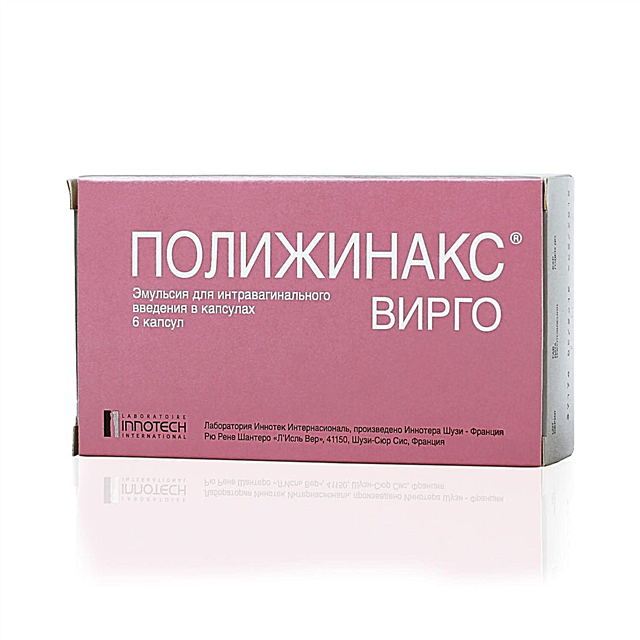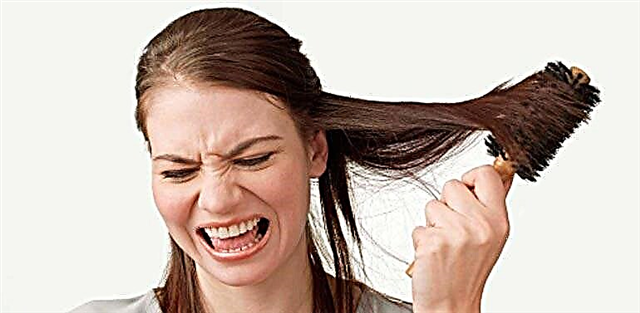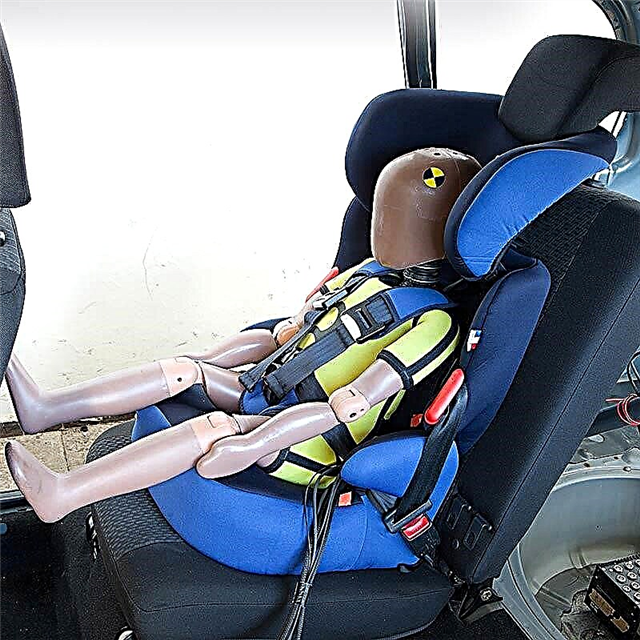According to statistics, every second parent has ever encountered urticaria in their child. Itchy blisters all over your baby's body can panic anyone. In fact, this is not so terrible, although in some cases it is quite dangerous, allergic disease. With minimal theoretical knowledge, it is quite possible to stop the process at the initial stage of its development.
Hives are the sudden appearance of blisters surrounded by an area of redness. Urticaria is most common among young children, mainly girls. The onset of the disease is always acute, sudden, so it is important for parents not to get confused: to suspect urticaria and take timely measures to treat it.
Urticaria classification
- It is customary to isolate acute urticaria when symptoms of the disease are observed up to 6 weeks. In the chronic form, the presence of rashes is noted for a long time (more than 6 weeks).
- According to the mechanism of development, urticaria is allergic, non-allergic and, when the cause of the urticaria remains unknown even after numerous studies, idiopathic.
In addition to a truly allergic disease, babies often have mechanical urticaria that is not associated with allergies (dermographic and cold). The latter is manifested by the appearance of blisters soon after exposure to cold.
Dermographic urticaria is manifested against the background of taking anti-inflammatory nonsteroidal drugs, antibiotics, after an infectious disease.
Reasons for the appearance
- food allergens.

Parents need to remember the names of foods with a high concentration of biologically active molecules that cause development of urticarial rash:
- fermented and processed cheeses;
- chocolate;
- sauerkraut;
- pork liver;
- canned tuna and herring;
- smoked meats;
- Strawberry wild-strawberry;
- tomatoes;
- avocado.
Nuts, eggs, soy, fish, milk, wheat also provoke hives.
The development of urticaria can be caused by antioxidants, dyes, preservatives, in particular: tartrazine, synthetic salicylates in the composition of cakes, chocolate, caviar, mayonnaise, canned food;
- medications.
These are antibiotics, drugs used for anesthesia, plasma substitutes, protein drugs, B vitamins.
How to suspect?

Distinctive features of urticaria are the following signs:
- itchy blisters of different sizes;
- when pulled, the blisters turn pale;
- the short duration of the presence of elements of the rash: the blisters disappear without a trace and appear in another place;
- possible fever, muscle and joint pain;
- often there is a rapidly growing dense edema of the eyelids, nose, lips, tongue, hands.
What diagnosis is carried out by the doctor if it is suspected?
The child is recommended a special allergic examination, including the setting of skin tests with allergens, blood tests to detect specific antibodies. An examination for helminthic invasions, a biochemical blood test is mandatory.
The true cause of urticaria can usually be established only in 50% of cases. This means that the causative allergen can only be found in half of all cases.
Parents should remember that a rash in itself with urticaria does not pose a danger to the life and health of the child. Dangerous edema of the larynx, manifested by hoarseness, noisy breathing, barking cough.
How can parents provide first aid to a child with urticaria?
- The first step is not to panic and call an ambulance.
- The child can be given any antihistamine in an age-specific dosage (Suprastin, Zodak, Fenistil).
- In the future, you must definitely seek advice from an allergist-immunologist.
Urticaria treatment
1. Diet.
Products excluded with high allergenic activity:
- chocolate;
- nuts;
- tomatoes;
- canned food;
- fermented cheeses;
- citrus;
- Strawberry wild-strawberry.
 The diet after the transferred urticaria is long, it can reach three months with the chronic form of the disease.
The diet after the transferred urticaria is long, it can reach three months with the chronic form of the disease.
After a single episode of rashes, it is enough to avoid eating foods - histaminoliberators for up to two weeks.
Identified food allergens must be excluded. In some cases, it is necessary to keep a food diary (as directed by the doctor).
A food diary is a notebook in which parents write down all the foods a child eats for the whole day.
Also, the diary notes the patient's reactions to the food eaten and the time of their appearance.
2. Compliance with the elimination measures prescribed by the doctor.
For example, children with allergic urticaria who are allergic to house dust require a strict hypoallergenic lifestyle.
3. Exclusion of Medicines.
During the height of the disease, the use of NSAIDs (Citramon, Paracetamol, Ibuprofen) should be avoided.
4. Sanitation of chronic infectious foci.
With parasitic invasions, giardiasis, gastroduodenitis, hepatitis, chronic infections, active treatment by appropriate specialists is necessary.
5. Elimination of the physical causes of the development of urticaria.
Parents are recommended:
- avoid hypothermia and overheating of the child;
- exclude wearing tight and squeezing clothing;
- if you are allergic to the sun, use sunscreen.
6. Antihistamines.
The attending physician may prescribe long-term or even continuous use of antihistamines. Some medications can make a child sleepy and lethargic.
It is imperative to inform the doctor about the side effects of the drug.
7. Glucocorticosteroids.
Unfortunately, if antihistamines are ineffective, the doctor may recommend taking hormonal drugs (Prednisolone, Dexamethasone). Do not be afraid to take the prescribed drugs, as the consequences of refusal can be very unfavorable.
8. Local therapy.
For urticaria, an allergist may prescribe creams containing glucocorticosteroids. They must be applied to areas of distribution of rashes, with a course of three to five days.
9. Sorbents.
Usually, sorbents are recommended for food allergies. Enterosgel, Smecta or Lactofiltrum are prescribed in a course of up to ten days.
10. Immune drugs in the treatment of urticaria.
Human immunoglobulin, Ruzam and histoglobulin are often used. The drugs require parenteral administration.
Autoimmune urticaria
The course is quite heavy. Often it is necessary to take hormonal drugs and Cyclosporin.

With the development of complications or the lack of effect of the therapy, plasmapheresis is used to remove antibodies from the blood.
Thus, urticaria in children is a rather serious disease that requires parents to constantly monitor the situation.
With timely medical care provided to the child, you can quickly stop the development of an allergic reaction and prevent the development of complications.
Article rating:



